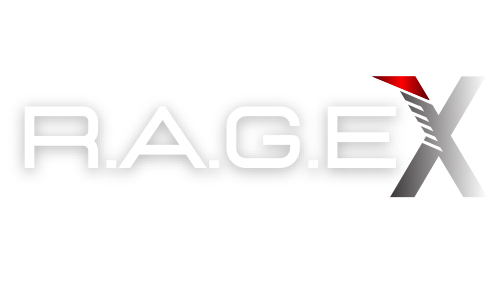Introduction
On September 20, 2023, Artsakh, also known as Nagorno-Karabakh, surrendered to Azerbaijan, agreeing to a full withdrawal of military personnel and weapons to Armenia. This culmination of a long, painful journey has profound implications for the South Caucasus, Armenia, and global geopolitics. This in-depth article traces the historical lineage of Artsakh, the staggering losses in the 2020 conflict, and what the 2023 surrender means for the region.
A Brief Historical Overview of Artsakh
Artsakh—officially recognized as Nagorno-Karabakh—is a landlocked region in the South Caucasus. The majority ethnic Armenian enclave has been a hotbed for conflict since the late 1980s, peaking with the Nagorno-Karabakh War from 1988 to 1994, and later the 2020 Artsakh War.
2020 Artsakh War: The Statistics That Shaped its Destiny
Territorial Dimensions
- Original Size: Approximately 11,500 km² were controlled by ethnic Armenians.
- Territory Lost in 2020: Around 8,500 km² were handed over to Azerbaijan.
- Remaining Territory: A mere 3,000 km² were left, overseen by Russian peacekeepers.

Human Casualties
- Armenian Forces: Over 6,000 killed, thousands wounded, and hundreds missing or captured.
- Azerbaijani Forces: Officially, over 2,800 killed, with unofficial estimates being higher; thousands were wounded.
The Role of Russian Peacekeepers
Approximately 2,000 Russian troops were deployed to the remaining Armenian-controlled areas to maintain peace and facilitate humanitarian efforts.

The 2023 Surrender: A Turn of the Tide
The recent surrender agreement mandates the full disarmament of Artsakh’s Defense Army and the withdrawal of all residual Armenian military units and servicemen. Moreover, it sets the stage for a pivotal meeting between Armenian and Azerbaijani officials on September 21, 2023, to discuss the future welfare of Nagorno-Karabakh’s residents within the Azerbaijani constitutional framework.
Concluding Remarks: Saying Goodbye to Artsakh
The 2023 surrender marks the end of an era. As Armenia absorbs its returning military, Azerbaijan consolidates its territorial gains, and Russian peacekeepers’ role becomes uncertain, one thing is clear: Artsakh, as it was known, is no more. While the land may have changed hands, its cultural and historical legacy will indelibly mark those who have loved it and lost it.
For a deeper dive into the shifting geopolitical landscape of the South Caucasus, subscribe to our news alerts and in-depth analysis.




